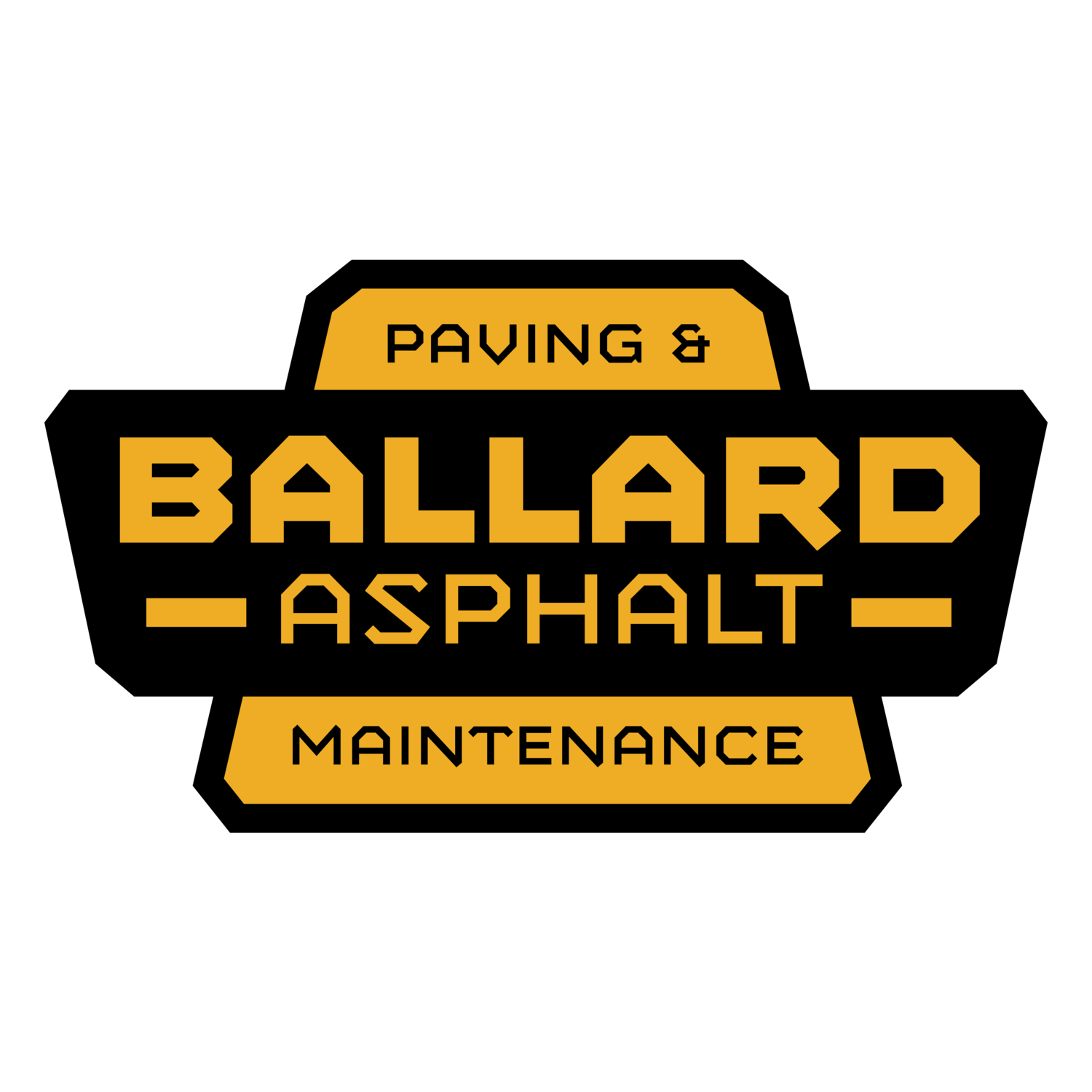Crack Filling: An Overview
The extreme temperature and weather shifts that we see here in South Dakota can cause significant damage to pavement surfaces of all kinds. Asphalt crack filling repair is an essential maintenance procedure that extends the life of asphalt surfaces, prevents further damage, and ensures safety. It is also one of the more budget friendly services we have to offer. Here’s a detailed look at our process:
1. Assessment
Identify Cracks: We inspect the asphalt surface to locate cracks, assessing their size and severity. Cracks can vary from small hairline fractures to larger gaps.
Determine Repair Method: We then decide whether to fill, seal, or patch based on the crack's condition and size. We typically don’t fill cracks smaller than the width of a pinky finger.
2. Preparation
Clean the Area: We first remove vegetation from the crack using a wire brush machine, a weed whacker, or a propane torch. Then we clear the crack of dirt and debris using an industrial air compressor. Cleaning the cracks with a high-powered air compressor allows us to get a clean and dry surface to allow for better adhesion of the filler material to the walls of the crack. We typically don’t router cracks to prevent further widening and damage to the asphalt. We have also noticed that routering can smooth the walls of the crack allowing the material to be more easily be removed by snowplows in the winter.
Dry the Crack: It is important that the crack is dry before applying the filler. Moisture can hinder the effectiveness of the repair by preventing the material from adhering to the walls of the crack. We dry cracks with our air compressor and occasionally use a propane torch to help evaporate moisture.
3. Filling the Cracks
Application: The material we use a hot applied polymeric compound crack filler that extremely durable and has great stretching capabilities. This material is pumped into the crack until the crack is filled flush with the adjoining surfaces.
4. Smoothing and Finishing
Level the Surface: After the crack is filled, it is then leveled off with a special squeegee that helps smooth excess material from the adjoining surfaces and guide it into the crack. Squeegeeing cracks helps prevent trip hazards, prevents snowplows from tearing out the material in the winter months, and allows for proper water runoff.
Curing: After the crack is filled and squeegeed, we spray a solution on the crack that allows car traffic to pass over in less than 30 seconds after being sprayed. This allows us to be able to fill cracks in drive through lanes and other high traffic areas with minimal interruption.
5. Post-Repair Maintenance
Regular Inspections: After the repair, it’s important to continue to monitor the asphalt surface for new cracks and other damage. With the freeze thaw cycles, filled cracks may continue to widen and may require more material to be applied to re-seal the gap.
Sealcoating: Consider applying a sealcoat after crack repairs to protect the asphalt from weathering and UV damage.
Benefits of Crack Filling
Prevents Water Infiltration: Filling cracks stops water from penetrating the asphalt, reducing the risk of freeze-thaw cycles that can cause further damage as well as preventing supportive base material from being washed out.
Enhances Aesthetics: Repairing cracks improves the appearance of the pavement, giving it a well-maintained look.
Increases Longevity: Regular maintenance through crack filling can significantly extend the lifespan of the asphalt surface, saving costs in the long run.
In summary, asphalt crack filling repair is a vital and cost effective maintenance task that involves cleaning, filling, and smoothing cracks to protect the integrity of asphalt surfaces. Regular inspections and timely repairs can help maintain the functionality and appearance of parking lots, driveways, and roads. Click here to request an assessment of your asphalt.

